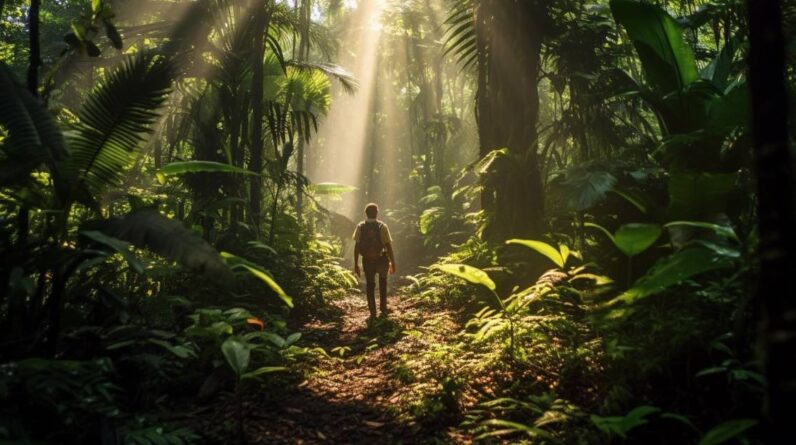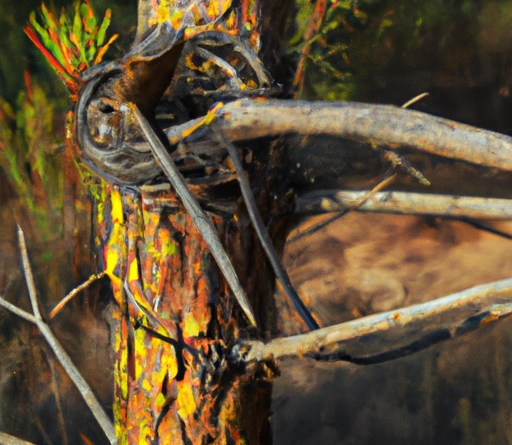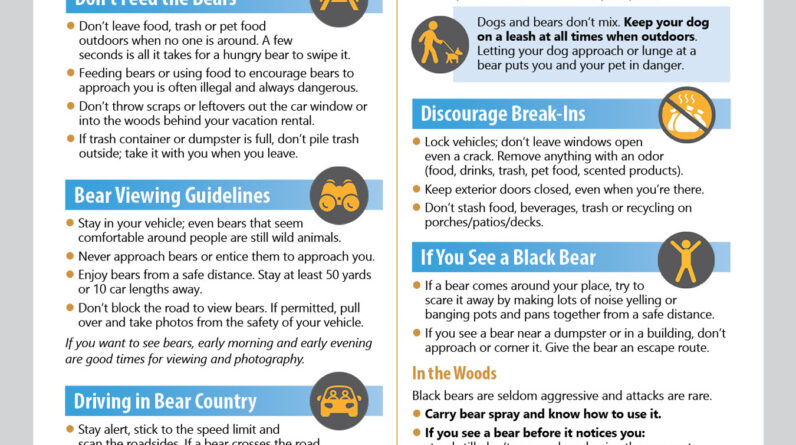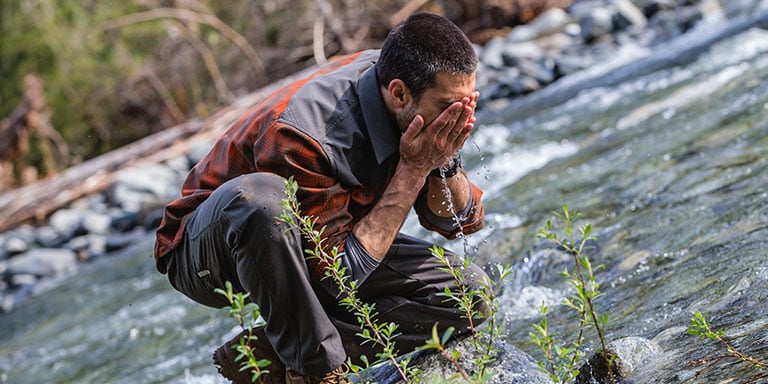
Introduction
Survival situations often arise unexpectedly, whether you find yourself lost in the wilderness or facing a natural disaster. In these critical moments, one of the most essential resources you need to secure is clean water. Understanding the importance of clean water sources and knowing how to find them can be the difference between life and death.
Understanding the importance of clean water in survival situations
Clean water is crucial for your overall health and well-being, especially in survival situations. It helps regulate body temperature, aids digestion, and ensures proper hydration. Without clean water, you become susceptible to dehydration, which can lead to fatigue, dizziness, and even organ failure. Therefore, identifying reliable water sources becomes paramount.
When searching for clean water sources, it is vital to remember that not all water is safe to consume. Bodies of water such as rivers, lakes, and streams may be contaminated with harmful bacteria, parasites, or chemicals. Drinking this water can result in severe illness or even death. However, there are various methods to find clean water and ensure its safety for consumption.
In the following sections, we will explore different techniques to locate clean water sources in survival situations, including natural indicators, techniques for collecting rainwater, and methods for purifying water. By understanding and implementing these strategies, you can increase your chances of finding clean water and successfully navigating through survival situations.
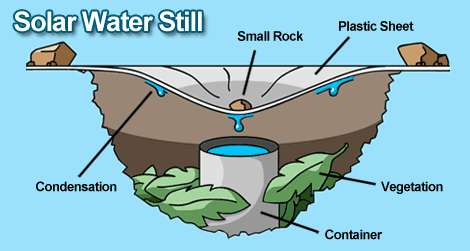
1. Identifying Potential Water Sources
Examining natural sources such as rivers, streams, and lakes
When you find yourself in a survival situation where clean water is scarce, it becomes crucial to know where to search for potential water sources. Start by looking for rivers, streams, and lakes in the vicinity as these natural sources are likely to have clean water. However, exercise caution, as some bodies of water may appear to be clean but still contain harmful bacteria or chemicals. To ensure safety, consider using water purification techniques like boiling or filtering.
Locating underground water sources
Another possibility is finding water underground. Look for signs such as damp soil, green vegetation, or areas with a high concentration of insects or animals. These indicators often suggest an underground water source nearby. Digging a hole a few feet deep in these areas may reveal water, which can then be filtered and consumed.
Identifying rainwater collection points
Rainwater can also be a valuable source of clean water during survival situations. Look for depressions in the ground, such as natural rock formations or hollowed-out tree trunks, which can serve as collection points for rainwater. Additionally, pay attention to large leaves and broad tree canopies that can be used as makeshift rainwater collectors.
By identifying potential water sources like natural bodies of water, underground sources, and rainwater collection points, you significantly increase your chances of finding clean water during survival situations. Remember to prioritize water purification techniques to ensure your safety.
Assessing Water Quality
When you find yourself in a survival situation, one of your top priorities is finding a clean water source. However, it is crucial to remember that not all water sources are safe for consumption. To ensure your safety, you need to assess the quality of the water before drinking it. Here are some effective methods to evaluate water safety.
Performing Visual Inspections for Signs of Contamination
Visual inspections can provide you with valuable clues about water quality. Look for any signs of contamination, such as cloudy appearance, floating debris, or an unusual color. These visual indicators may suggest the presence of harmful bacteria, parasites, or chemicals. If you notice any of these signs, move on to another water source.
Using Purification Techniques to Evaluate Water Safety
Purification techniques, such as boiling, filtering, or using chemical disinfectants, can help eliminate many contaminants from the water. By applying these methods, you can improve the water’s safety and reduce the risk of waterborne illnesses. However, keep in mind that purification methods may not completely remove all contaminants, so additional testing may be necessary.
Testing Water with Portable Water Quality Kits
Portable water quality kits are a convenient tool to assess the safety of water sources. These compact kits typically contain test strips or tablets that can detect various contaminants. Follow the instructions provided with the kit to test the water and obtain reliable results. This step is especially crucial if you are unsure about the water source or if it has shown any signs of contamination.
By employing these methods to assess water quality, you can make informed decisions about which sources are safe for drinking. Remember, clean water is essential for survival, so take the necessary precautions to ensure your well-being in survival situations.

Finding Clean Water Sources During Survival Situations
When you find yourself in a survival situation in the wild, one of the most crucial things you need is clean water. Without access to clean water, your chances of survival can drastically decrease. In this guide, we will discuss various methods of finding and treating water sources in the wild, ensuring that you can stay hydrated and healthy.
3. Treating Water in the Wild
Boiling water to kill harmful organisms
One of the simplest and most effective ways to treat water in the wild is by boiling it. By bringing water to a rolling boil for at least one minute, you can eliminate most harmful bacteria, viruses, and parasites that may be present. Remember to let it cool down before drinking.
Utilizing water filtration systems
Another method to obtain clean water in survival situations is by using water filtration systems. These portable devices can effectively remove bacteria, protozoa, and some viruses from water sources, providing you with safe drinking water. Ensure that your filtration system is clean and properly maintained for optimal results.
Implementing chemical disinfection methods
Chemical disinfection methods, such as using iodine tablets or chlorine dioxide, can also be used to treat water in the wild. These chemicals kill or inactivate harmful microorganisms, making the water safe for consumption. Follow the instructions provided with the disinfectant and allow enough time for the chemicals to work before drinking.
when it comes to finding clean water sources during survival situations, it is crucial to know how to treat the water you find. Whether you choose to boil, filter, or use chemical disinfection methods, each option has its benefits and considerations. By being prepared and knowledgeable about water treatment methods, you can increase your chances of staying hydrated and healthy in the wild.

4. Alternative Water Sources
When you find yourself in a survival situation, one of the most critical resources you need to secure is clean water. While it might seem daunting to find drinkable water in the wild, there are alternative sources you can explore. In this section, we will discuss three methods you can use to find clean water sources in the absence of traditional options.
Extracting Water from Plants
One way to obtain water is by extracting it from various plants. Certain plants, such as cacti, have a high water content that can be harvested for hydration. Look for plants with juicy fruits or thick stems, as they often store water. By using a sharp blade or improvised tools, you can carefully cut into these sources and collect the liquid.
Gathering Dew or Condensation
Another method is to gather dew or condensation. During the early morning when the temperature drops, moisture in the air condenses on surfaces. You can place a clean cloth or absorbent material on grass or leaves to collect this water. Alternatively, you can tie a plastic bag around a leafy branch and wait for the condensation to accumulate inside.
Digging Improvised Water Wells
In some cases, you may need to dig improvised water wells. Look for areas near riverbanks or seepage spots in the ground. Using any available tools or your bare hands, dig a hole deep enough to reach the water table. Allow time for the well to fill up, and then carefully collect the water, ensuring to avoid any debris or contaminants.
Remember, it is crucial to always purify or filter any water you find before consuming it. These alternative water sources can provide life-saving hydration when you are in a survival situation. Stay resourceful and keep exploring your surroundings to find the clean water you need to survive.
5. Conservation and Storage
Preserving water supplies through rationing
When you find yourself in a survival situation, it is crucial to ration your water supply in order to make it last as long as possible. This means drinking only when necessary and avoiding wasteful practices. Remember to conserve water by taking small sips rather than big gulps, as excessive drinking can lead to dehydration.
Constructing improvised containers for water storage
Finding clean water sources is only the first step towards survival; you also need to store the water properly. In a wilderness situation, you may not have access to traditional containers. Improvise by using items such as plastic bags, animal bladders, or even large leaves to create a makeshift water storage system. Ensure that the containers are clean before filling them, to avoid contamination.
Implementing techniques to minimize evaporation
In hot and arid environments, evaporation can quickly diminish your water supply. To counter this, implement techniques to minimize evaporation. Cover water containers with a breathable material or use shade to keep them cool. Additionally, try to store water in a sheltered spot to protect it from direct sunlight and wind.
By following these conservation and storage techniques, you can make the most out of your water supply during survival situations and increase your chances of staying hydrated until help arrives. Remember, every drop counts!
6. Dealing with Emergency Situations
When you find yourself in a survival situation, finding a clean water source becomes crucial for your well-being. In this section, we’ll explore three key challenges you might encounter: managing water scarcity during droughts, overcoming water contamination from natural disasters, and finding water in hostile environments.
Managing water scarcity during droughts
During a drought, water sources are scarce, and every drop counts. It’s important to conserve water as much as possible. Look for natural depressions, like rock crevices or tree hollows, where rainwater might have collected. Consider using a solar still to extract moisture from the ground or plants. You can create one by placing a plastic sheet over vegetation and collecting the condensation that forms underneath.
Overcoming water contamination from natural disasters
After a natural disaster, water sources can become contaminated with debris, chemicals, or bacteria. To purify the water, you can use portable water filters, tablets, or even boil it for at least one minute. Remember to let it cool before drinking.
Finding water in hostile environments
In hostile environments such as deserts, water might seem impossible to find. However, there are hidden water sources such as cacti, which contain a liquid that can be consumed. Additionally, you can search for animal tracks, as they often lead to water sources. Don’t forget to avoid stagnant water, as it may be unsafe to drink.
By understanding how to manage water scarcity, overcome contamination, and find water in hostile environments, you increase your chances of survival in emergency situations. Remember, staying hydrated is essential for your overall well-being.

Conclusion
In conclusion, when it comes to survival situations, finding clean water sources should be your top priority. Without water, your chances of survival decrease significantly. Therefore, it is crucial to equip yourself with the necessary knowledge and tools to procure water in the wild.
Prioritizing the search for clean water sources in survival situations
When you find yourself in a survival situation, it is important to prioritize finding clean water sources. While it is tempting to focus on finding food or shelter first, remember that water is essential for your survival. You can survive without food for weeks but only a few days without water. Make sure to scout your surroundings and look for potential water sources like rivers, streams, or even natural springs. If you cannot find any visible sources, consider looking for signs such as animal tracks or green vegetation. These may indicate the presence of nearby water.
Equipping oneself with the necessary knowledge and tools for water procurement
Having the right knowledge and tools can make a significant difference when it comes to finding and procuring clean water in survival situations. Learning how to purify water, using methods such as boiling, filtration, or chemical treatment, can help eliminate harmful bacteria and viruses. Additionally, carrying portable water filters or purification tablets in your survival kit can be beneficial. Remember to always have multiple methods available in case one fails or is not suitable for the available resources.
In summary, finding clean water sources is of utmost importance during survival situations. Prioritize your search for water, equip yourself with the necessary knowledge and tools, and always be prepared to ensure your chances of survival are maximized.



